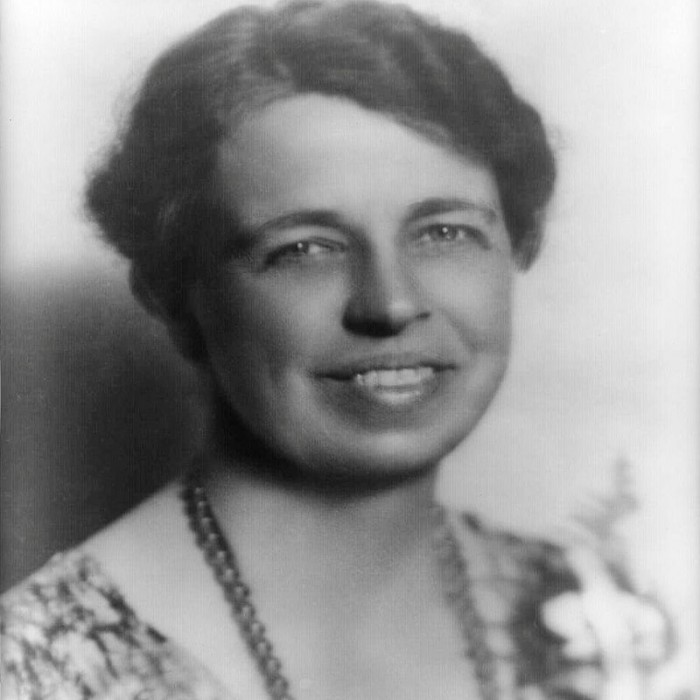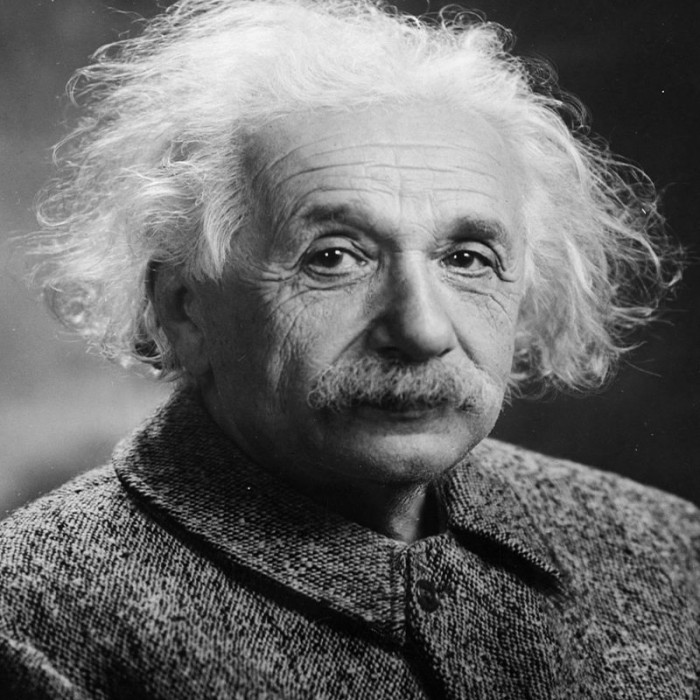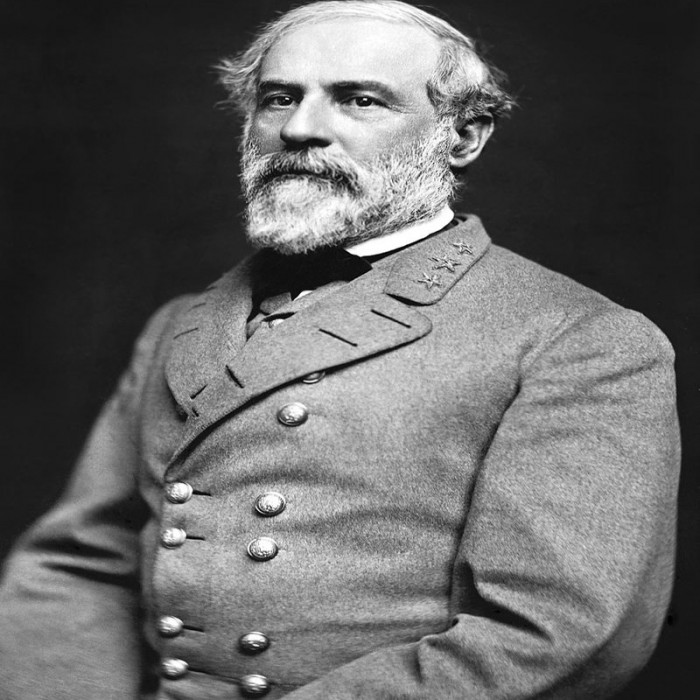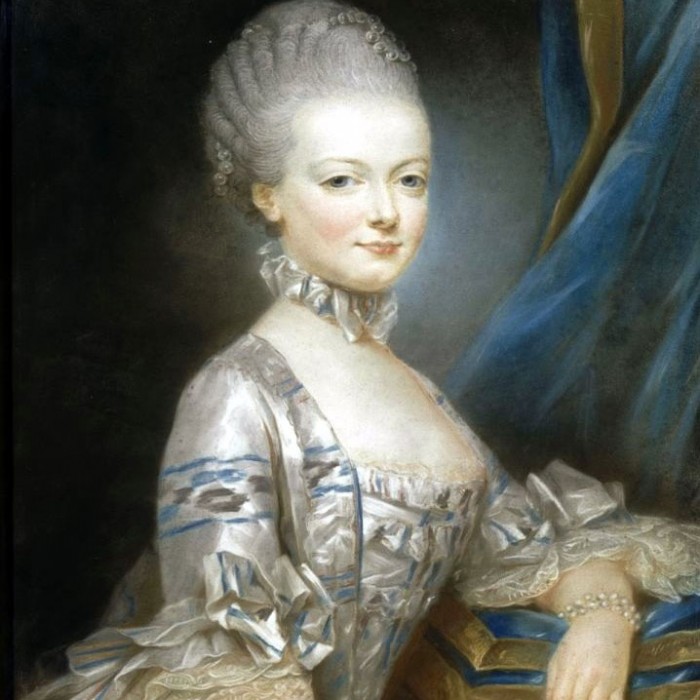Ernst Ising (May 10, 1900 in Cologne, Rhine, Germany – May 11, 1998 in Peoria, Illinois, USA) was a German physicist, who is best remembered for the development of the Ising model.
He was a professor of physics at Bradley University until his retirement in 1976.
Ernst Ising was born in Cologne in 1900. Ernst Ising's parents were the merchant Gustav Ising and his wife Thekla Löwe.
After school, he studied physics and mathematics at the University of Göttingen and University of Hamburg. In 1922, he began researching ferromagnetism under the guidance of Wilhelm Lenz.
He earned a Ph.D in physics from the University of Hamburg in 1924 when he published his doctoral thesis.
His doctoral thesis studied a problem suggested by his teacher, Wilhelm Lenz. He investigated the special case of a linear chain of magnetic moments, which are only able to take two positions, "up" and "down," and which are coupled by interactions between nearest neighbors.
After earning his doctorate, Ernst Ising worked for a short time in business before becoming a teacher, in Salem, Strausberg and Crossen, among other places.
In 1930, he married the economist Dr. Johanna Ehmer.
As a young German–Jewish scientist, Ising was barred from teaching and researching when Hitler came to power in 1933.
In 1934, he found a position, first as a teacher and then as headmaster, at a Jewish school in Caputh near Potsdam for Jewish students who had been thrown out of public schools.
Ernst and his wife Dr. Johanna Ising, née Ehmer, lived in Caputh near the famous summer residence of the Einstein family.
In 1938, the school in Caputh was destroyed by the Nazis, and in 1939 the Isings fled to Luxembourg, where Ising earned money as a shepherd and railroad worker.
After the German Wehrmacht occupied Luxembourg, Ernst Ising was forced to work for the army. In 1947, the Ising family emigrated to the United States.
Though he became Professor of Physics at Bradley University in Peoria, Illinois, he never published again.
Ising died at his home in Peoria in 1998, just one day after his 98th birthday.
The Ising model is defined on a discrete collection of variables called spins, which can take on the value 1 or −1.
The spins 
In his 1924 PhD thesis, Ising solved the model for the 1D case. In one dimension, the solution admits no phase transition.
On the basis of this result, he incorrectly concluded that his model does not exhibit phase behaviour in any dimension.
It was only in 1949 that Ising knew the importance his model attained in scientific literature, 25 years after his Ph.D thesis.
Today, each year, about 800 papers are published that use the model to address problems in such diverse fields as neural networks, protein folding, biological membranes and social behavior.
Source: Link

1564 - 1616

1803 – 1882

1854 – 1900

1942 – 2016

1928 – 2014

1835 – 1910

1869 – 1948

1884 – 1962
1898 – 1963

1929 – 1993

1879 – 1955

1809 – 1865

1807 – 1870

1800 – 1859

1795 – 1821

1755 – 1793

1984 -

1989 – 2011

1943 – 2001

1815 – 1902

1929 – 1994

1767 – 1848
